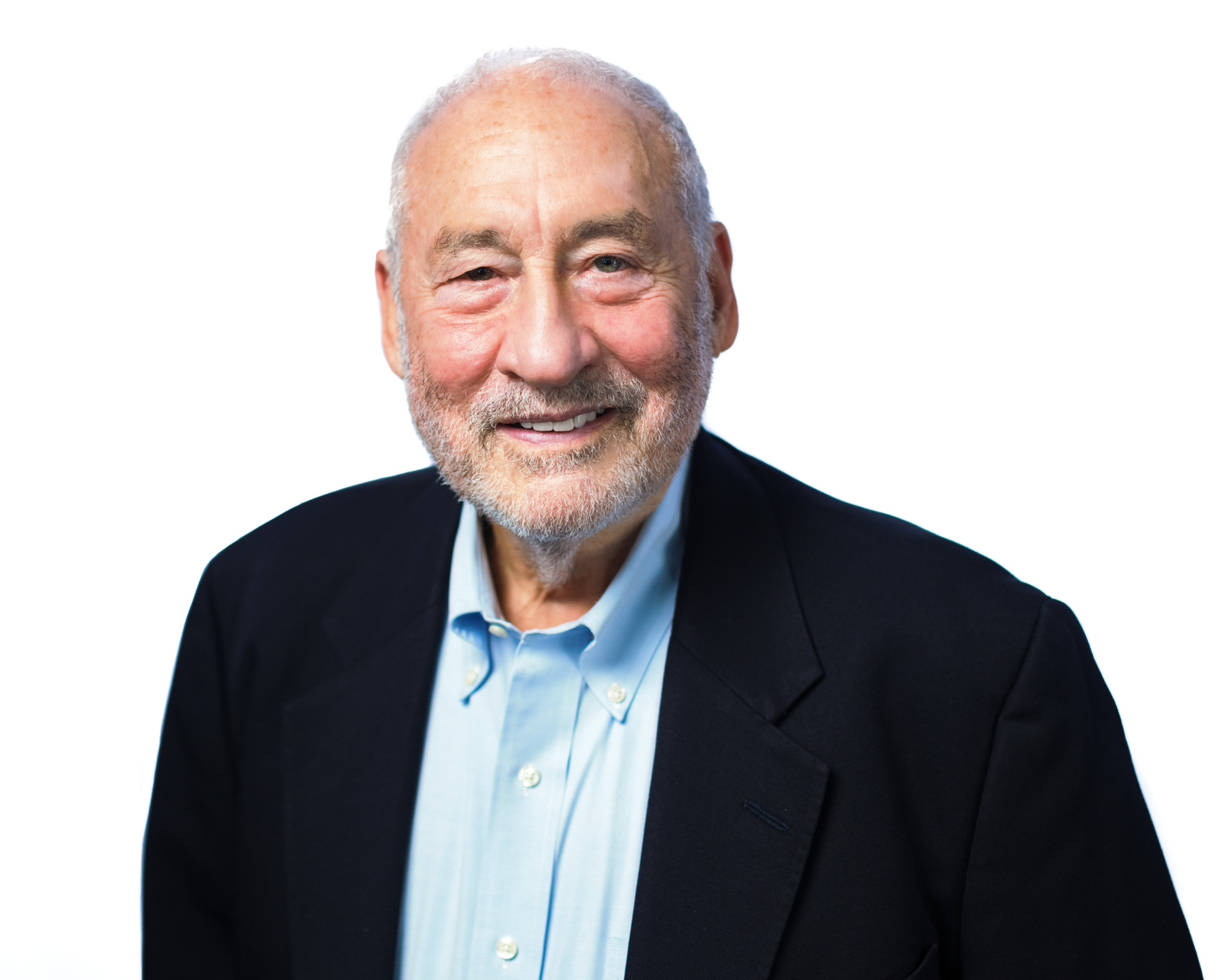In response to this counter, we ask what pattern of intergenerational mobility leads to lower inequality not between individuals but between the dynasties to which they belong? And how does this pattern in turn relate to commonly held views on what constitutes equality of opportunity? We revive and revisit here our earlier contributions which were in the form of working papers (Kanbur and Stiglitz (1982, 1986) in order to engage with the current debate. Focusing on bistochastic transition matrices in order to hold constant the steady state snapshot income distribution, we develop an explicit partial ordering which ranks matrices on the criterion of inequality between infinitely lived dynasties. A general interpretation of our result is that when comparing two transition matrices, if one matrix is “further away” from the identity matrix then it will lead to lower dynastic inequality. More specifically, the result presents a computational procedure to check if one matrix dominates another on dynastic inequality. We can also assess “equality of opportunity”, defined as identical prospects irrespective of starting position. We find that this is not necessarily the mobility pattern which minimizes dynastic inequality.

Remarks by Martín Guzmán at 12th Edition of the Paris Forum: Key findings and conclusions of the Jubilee Report
Dear members of the Paris Club Secretariat, Thank you for the invitation to present some of the key findings and conclusions of the Jubilee Report, commissioned by Pope Francis and prepared by a Commission of
 Joseph Stiglitz
Joseph Stiglitz Ravi Kanbur
Ravi Kanbur